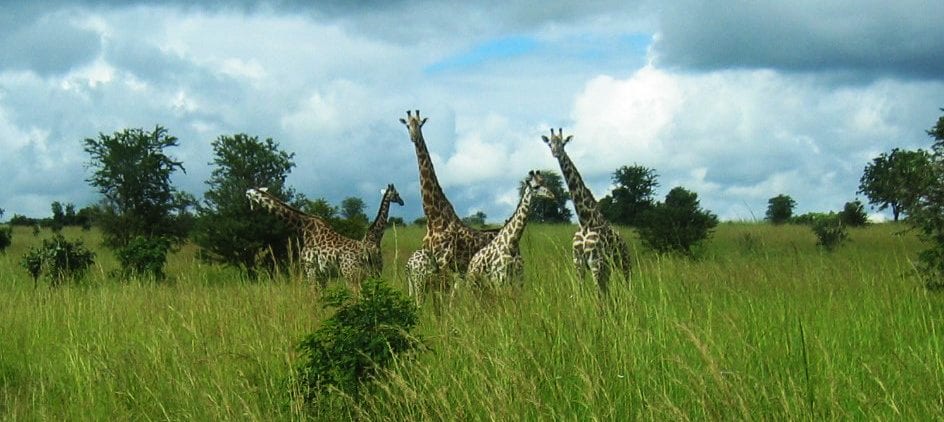
Mar 30, 2019 Wildlife Declines and Mammalian Biomass
Posted at 11:18h
In the last few months, a number of scientific papers have appeared that report declines—including some dramatic declines—in the number of wild animals sharing our planet. Most people familiar with this issue know about the finding that only 4 percent of mammalian terrestrial biomass consists of wild mammals that appeared in a 2018 report in the Proceedings of the National Academy of Sciences. The remaining 96% consists of humans (36%) and domestic mammals (60%) with bovids, pigs and equids accounting for most of the domestic mammal biomass. The lead author of that report, Professor Ron Milo of the Weizmann Institute in Israel, commented that he was “shocked to find there wasn’t already a comprehensive, holistic estimate of all the different components of biomass.”
Another measure of wildlife trends, The Living Planet Index (LPI), was developed by the WWF and a division of the UN Environmental Program and first published in 1998. The 2018 LPI reports on 16,704 populations of 4,005 species of mammal, bird, reptile, amphibian and fish found that those populations had declined by 60% between 1970 and 2014. While there are critics of the LPI, its broad conclusions have been confirmed by other reports detailing dramatic declines in species and populations.
Ongoing human population growth and increasing consumption means continued pressure on wild animals. Projections for human population growth predict a global increase to around 11 billion as well as a doubling in the demand for animal food products. We must remember, however, that projections are not inevitabilities. It is possible, with concerted action, that the human population could peak at around nine billion and that dietary changes coupled with new technology could substantially reduce the demands on the planet to produce sufficient food for these nine billion humans.
WellBeing International (WBI), in keeping with our intent to foster co-operation and collaboration among civil society organizations has signed up to be part of the Population and Sustainability Network which currently consists of 22 partner organizations. We also announced a campaign at the recent Conservation Geopolitics conference that calls for halting the default killing of mammals and terrestrial vertebrates. WBI recognizes that this may be a far-fetched goal and that there will be instances where human needs will need to be accommodated as exceptions. Nevertheless, we believe that we need to establish a comprehensible and simple call to action if such a global political campaign is to have any chance of success. Humans must switch their focus and emphasis from consumption of wildlife to stewardship and establish a global culture where human beings make routine, non-lethal choices in their interactions with wildlife for all our sakes.
At the Conservation Geopolitics conference, some presentations argued that trade in wildlife plays an important role in ensuring the survival of some species. It was also mentioned that sport and trophy hunting plays a role in protecting wild spaces and wildlife populations. While sport hunting in Europe and North America has supported the protection of national parks and wild places to some extent, this occurred at a time when the human footprint was one-tenth of what it is today. If we set aside land for lions, elephants and other wildlife for wealthy elites to shoot a few wild animals and pay handsomely for the privilege, how can we then tell the rest of the population that they must not kill and consume wildlife?
Modern humans have hunted and consumed wild animals for 300,000 years. It will not be easy to change those habits, but we have to try to end consumption and to establish a sufficient number of permanently protected areas where wildlife can survive relatively undisturbed.


